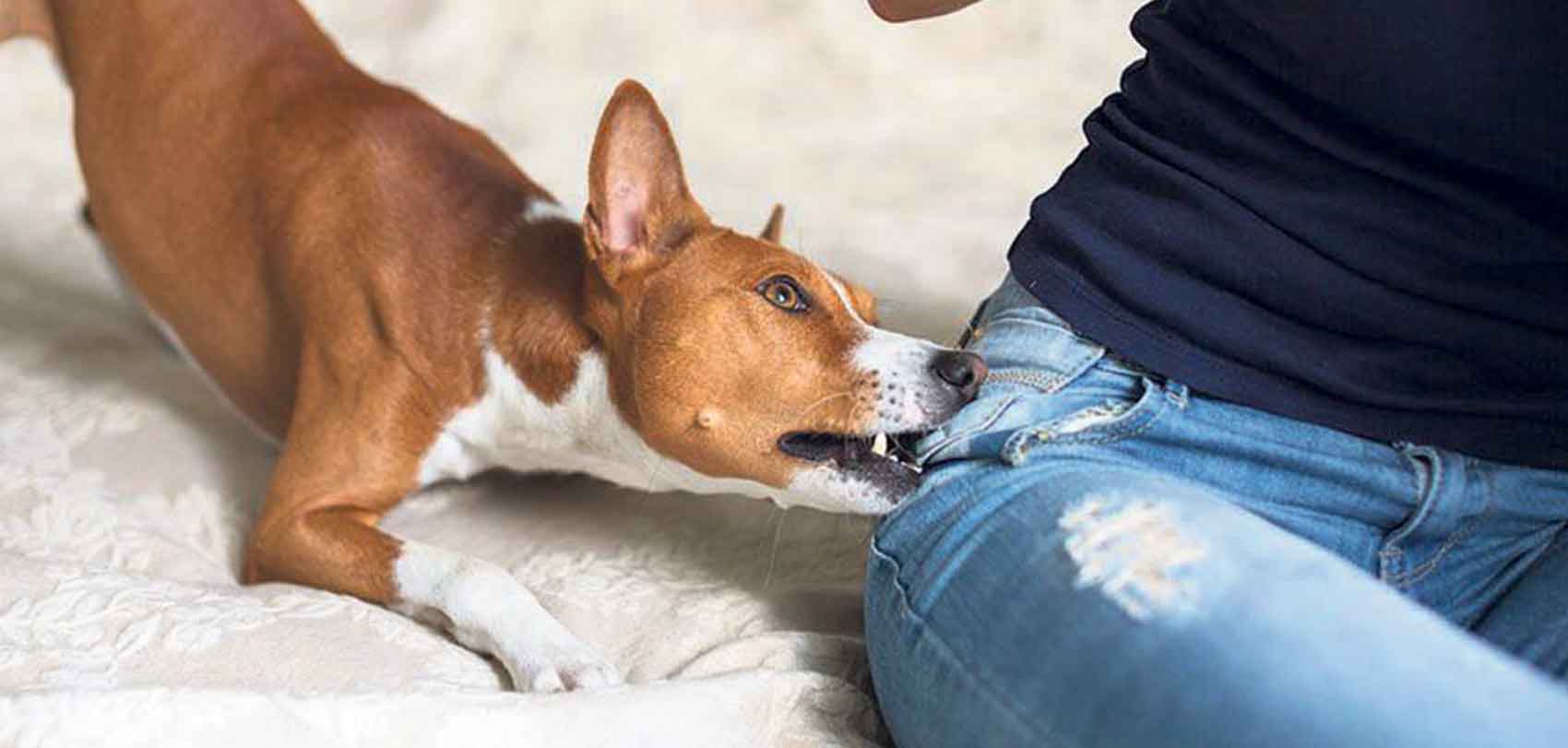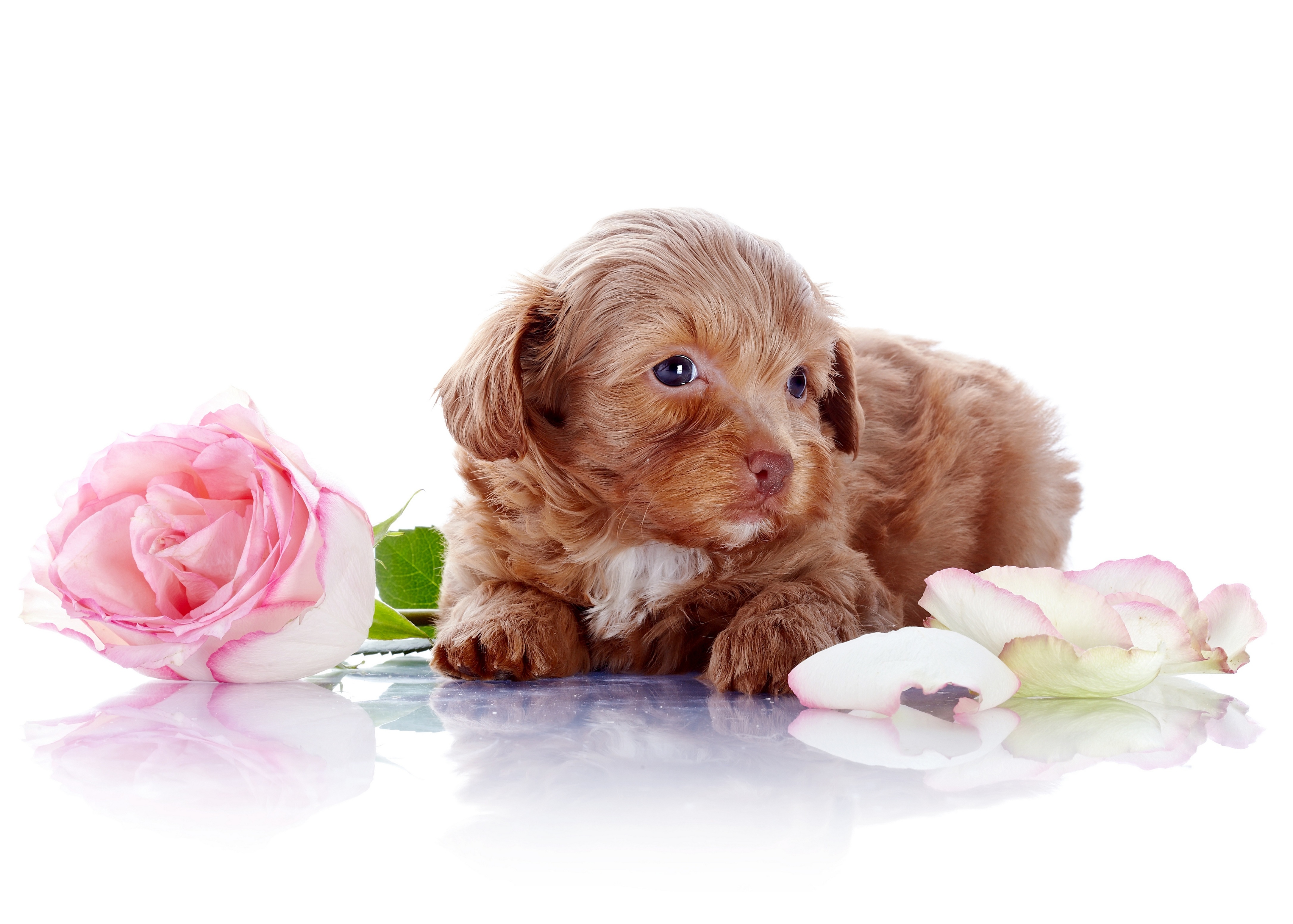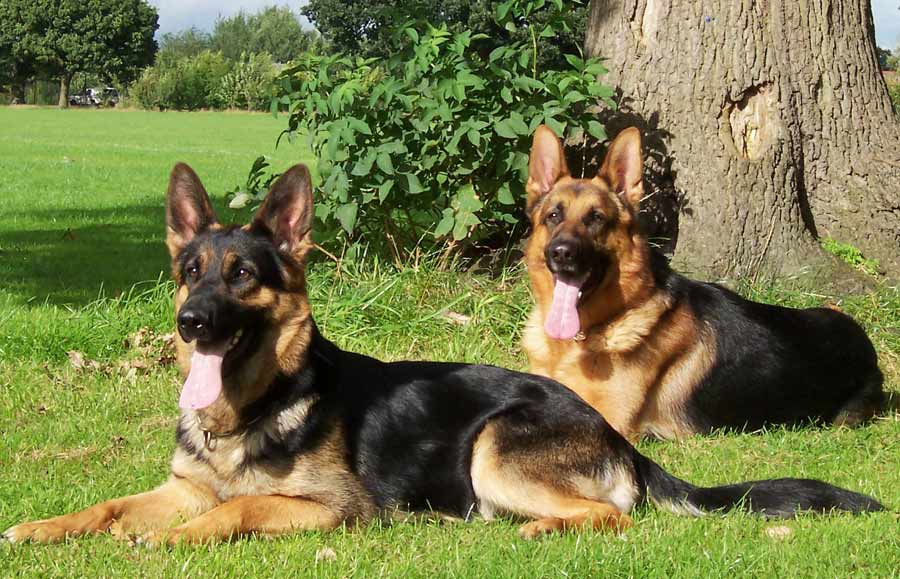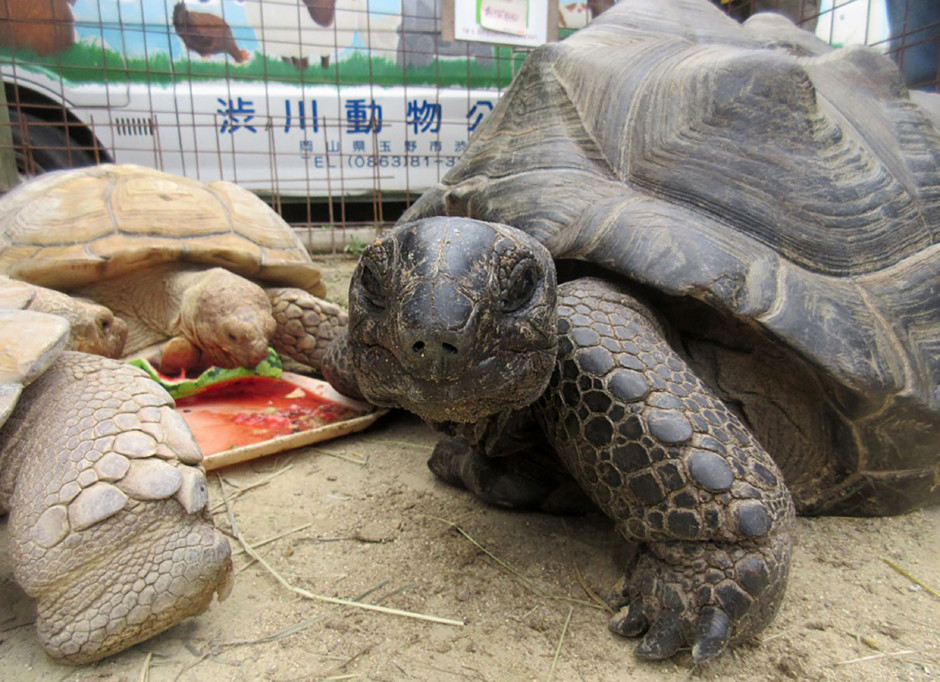10 Dog Training Tips for Beginners
Immediately you come home with a new dog; it is essential to start training your dog right away. Dog training for beginners can be overwhelming, especially if the dog is your first pet. Where and how should you begin? What are the best dog training tips to adopt when training a puppy or full-grown dog?
As a beginner, here are ten dog training tips from expert dog trainers from Topteny magazine that will improve the relationship and strengthen the bond between you and your new pet, helping you both get on well.
1 Choose a name for your dog wisely
Choosing the right name for your dog is one of the exciting parts of bringing a new dog home. Are you aware that some names for dogs are better used for training? Names like “Jack,” “Buster” “Ginger,” “Cupcake,” and “Jasper” are suitable and stimulate your dogs’ ear-particularly when their emphasis is placed at the end of the names.
It is not surprising if you weren’t informed in any of the several dog training for beginners you have read online that dogs are more likely to respond to names having two syllables than longer syllables. These names are not relatively short to be mistaken for a signal or prompt like come, sit, or down. However, these names are also not quite long to become surprising.
Dogs also respond pretty well to high-pitched, happy, and thrilling tones. These sounds encourage dogs to come closer to you. Instead, use quiet and soft tones when the dog appears nervous about coming to you.
Dogs adapt quickly to changes. Irrespective of the dog’s name, endeavor to associate such name with pleasurable experiences and fun instead of negative ones. Use the names consistently, and in no time, your dog will start responding to the name.
2 Decide the domestic or house rules
Decide on what your new hairy dog can and cannot do to avoid confusion before it comes home. Are they permitted on the furniture or the bed? Which sections of the home are restricted? Will your dog have its seat at your dinner table?
3 Create a personal den for your dog
Like humans, your new pet also needs a private space-like a crate. Quickly provide one for your dog to sleep. This is an essential aspect of home training. Allowing your dog a few periods alone in the safety and comfort of their private den is beneficial to your general well-being. Don’t forget to reward your dog if they continue to be calm and relaxed.
4 Train on the “Dog’s Time”
While dogs might not understand how to use the wall clock or calendar to tell time, they have a unique experience of what time is through their instincts. They easily forget what they have done. So, immediately use one of your preferred dog training tips to correct the dog whenever your dog does something wrong. This creates a connection between the dog’s inappropriate behavior and the punishment that goes with it. Consistently repeating this will reinforce what the dog has learned.
5 Help the dog to relax
When your dog arrives home, offer them a hot or warm wattle bottle and place any ticking close to the dog’s sleep. This process is likened to the heartbeat and heat of litter. This will make the dog feel comfortable in its new home.
This is one of the dog training tips that are especially necessary for dogs that have lived previously in a noisy and busy environment with an early life that might be rough. Anything that can be done to make your new companion feel comfortable and relaxed in its new home will be significant for you and the new pet.
6 Reward proper behavior
Among the easiest ways to reward a dog’s good behavior is by using positive reinforcement. When using this technique to train your new pet, you reward the dog for reinforcing good behavior. For example, you can offer the dog a treat (food reward), start a game that the dog enjoys, or pay undivided attention to your dogs, such as cuddling or praise time.
In the same vein, do not reward bad behavior; this may make the dog feel confused.
7 Teach your dog to respond to the command “come” once called
“Come, Buster! Good boy! “Come” should be the first command to teach your dog. How? Get down to the dog’s level and say to your puppy, “Come!”. Using the dog’s name, tell the dog to “come” whenever the dog is distracted with a toy or food. Be consistent. As the dog grows up, you will start noticing the importance of this command.
8 Never allow nipping and biting
When your dog nip or bite you, pretend to be in much pain-a loud yell will be okay-instead for rebuking the dog. Most dogs will stop immediately as they become uncomfortable with your yelling. If verbal commands don’t work, attempt trading a toy or shoe in place of your leg or hand. If such an attempt fails, stop the biting or nipping behavior and ignore the dog.
9 Discourage the dog from jumping immediately
Dog’s love to jump. When your dog jumps on someone, do not rebuke the dog. Ignore! Wait until the dog is relaxed before you give the dog positive reinforcement. Don’t encourage your dog to jump by praising or patting the dog.
10 End each training session positively
Leave your dog with a treat, many praises, some cuddling, or a few minutes of their favorite game. After working hard in the training session, your new pet deserves it to make you happy. This will almost guarantee that your dog will turn up for the next training session with its tail wagging and ready for work!
Conclusion
Dog training for beginners has been made easier with these tips. These dog training tips vetted by professional dog trainers will improve your relationship with your new pet over time. Don’t forget to continuously observe your dog’s mood and keep each training session short.

















